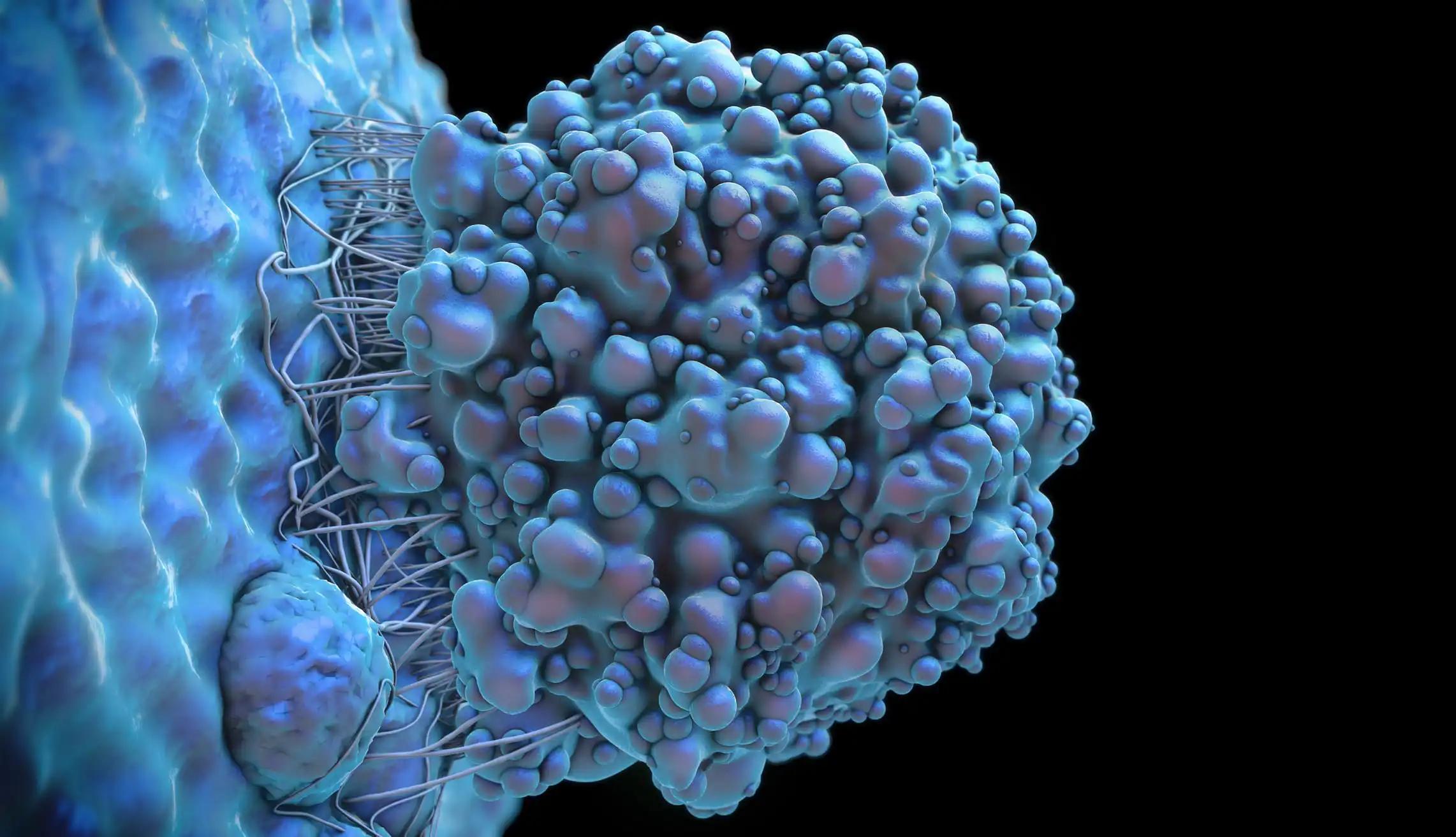KEY TAKEAWAYS
- The study aimed to investigate the role and mechanism of TRIM37 in regulating tumor growth in glioma and GSCs.
- The results concluded that TRIM37 maintains GSC growth and stemness via EZH2, making it a potential GBM target.
Glioma stem cells (GSCs), known for their resistance to therapy, significantly contribute to treatment inefficacy in glioblastoma multiforme (GBM), a form of brain cancer. TRIM37, part of the tripartite motif (TRIM) protein family initially associated with a rare growth disorder, has been identified for its oncogenic role.
Lize Cai and the team aimed to elucidate the mechanism by which TRIM37 regulates tumor growth in glioma and GSCs, given its recognized oncogenic role and association with therapy resistance in GBM.
The study measured gene expression through western blotting, RT-qPCR, and immunofluorescence in vitro. Cell viability was assessed using CCK-8, and cell apoptosis was analyzed via flow cytometry. The interaction between Enhancer of Zeste Homolog 2 (EZH2) and TRIM37 was confirmed by co-immunoprecipitation (Co-IP).
The interaction between EZH2 and the PTCH1 promoter was verified using dual-luciferase reporter assay and chromatin immunoprecipitation (ChIP). In vivo experiments involved an orthotopically implanted glioma mouse model to validate tumor growth.
The results revealed that TRIM37 expression is higher in GSCs compared to matched non-GSCs. TRIM37 knockdown promotes apoptosis, decreases stemness in GSCs, and reduces tumor growth in GSC xenografts in nude mice. TRIM37 and EZH2 co-localize and interact in the nucleus. Knockdown of TRIM37 or inhibition of EZH2 downregulates protein expressions associated with the Sonic Hedgehog (SHH) pathway. EZH2 epigenetically downregulates PTCH1 to activate the SHH pathway in GSCs.
The study concluded that TRIM37 maintains cell growth and stemness in GSCs through its interaction with EZH2. EZH2 activates the SHH stem cell signaling pathway by downregulating the expression of the SHH pathway suppressor PTCH1. These findings suggest that TRIM37 could be a potential therapeutic target for GBM.
Funding was provided by the National Natural Science Foundation of China and A Project Funded by the Priority Academic Program Development of Jiangsu Higher Education Institutions (PAPD).
Source: https://link.springer.com/article/10.1007/s11060-024-04726-y
Cai, L., Liu, Y., Li, Y. et al. (2024). “TRIM37 interacts with EZH2 to epigenetically suppress PTCH1 and regulate stemness in glioma stem cells through sonic hedgehog pathway.” J Neurooncol (2024). https://doi.org/10.1007/s11060-024-04726-y



